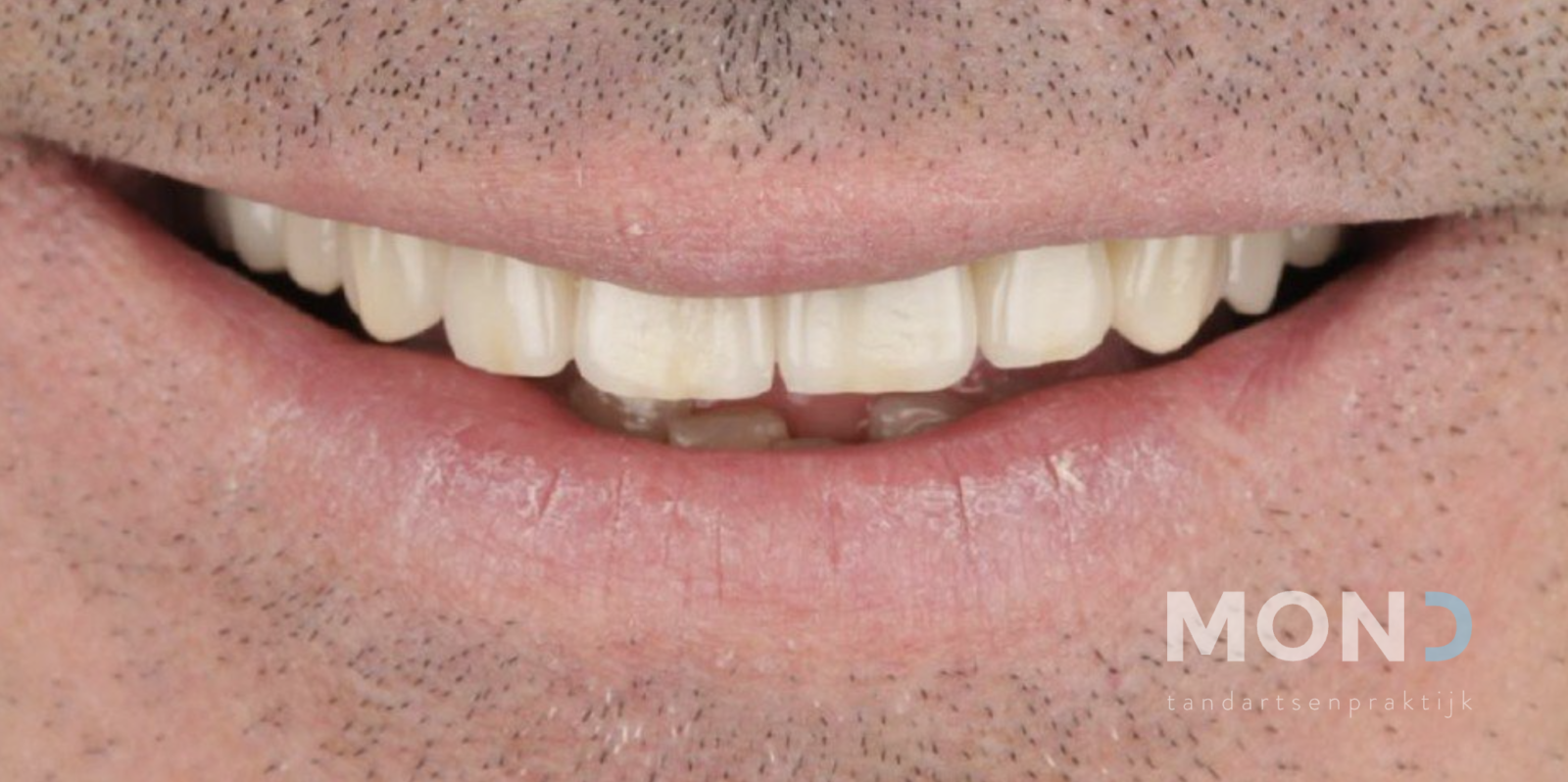Reconstructive dentistry
Reconstructive dentistry is a comprehensive discipline within dentistry that focuses on restoring and rebuilding parts of your set of teeth that have been lost.
Why have a reconstructive dentistry treatment?
Dental reconstruction is one of the most common and visible treatments available. In fact, patients can lose their teeth for a variety of reasons:
- Trauma or accident
- Poor function resulting in accelerated wear
- Inadequate care or neglect of teeth
- Genetic factors such as underdeveloped enamel or gum disease
- Chemical factors such as heartburn, excessive consumption of fizzy drinks or citrus fruits
- Biological factors such as tooth decay and periodontitis mediated by oral bacteria
- Malpraxis or iatrogenic issues caused by a fellow dentist (medical or practical errors in previous treatments)
Damage incurred in this regard can have a serious impact on two different levels:
- The patient's psychosocial well-being: you are embarrassed by your teeth, don't dare smile or feel inhibited when talking
- How your teeth function: you cannot chew properly or articulate adequately.
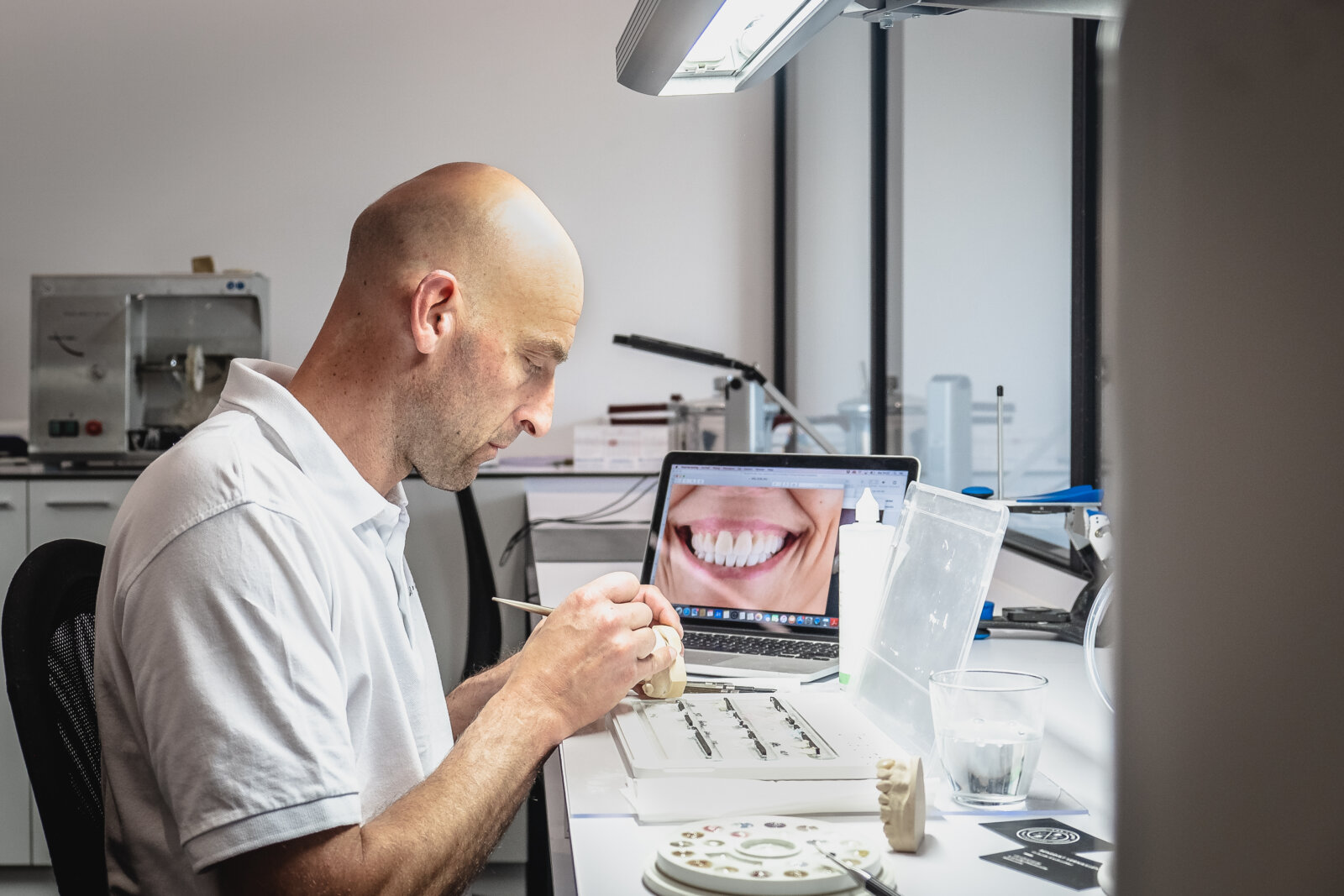
Our approach to reconstructive dentistry
These problems usually require a multidisciplinary approach. This means a team of dental specialists will look over your teeth and analyse what issues need to be corrected. This is always done in accordance with 3 different areas:
- Biology: the teeth should be healthy and inflammation-free, and you should be able to properly care for them at home yourself.
- Function: the teeth must be functional. You should be able to chew and talk properly without experiencing pain or discomfort.
- Cosmetic appearance: you need to be able to smile with confidence again and feel confident about your smile.
There are also the patient's personal characteristics to take into account and these determine whether the existing smile or a new smile will perfectly integrate with the patient and their personality. In doing so, we ask the question, "Are we creating the smile you used to have or are we creating the smile you never had?"
We then need to further look at how the smile is described in detail:
- Position, shape and colour of teeth
- Position and volume of the lips at rest and movement
- Shape and age of the face
- Relationship of teeth to lips and face
If you opt for an extensive reconstructive procedure, you will potentially meet with several dental specialists on the MOND team and in some cases will be supervised by our patient coordinator so that the timing, scheduling and treatments are properly coordinated at all times. After all, we understand the impact that some treatments have and make every effort to make them as pleasant as possible.
Recover you smile


Repair with crowns and veneers after nail biting
Discover this smile | Repair with crowns and veneers after nail biting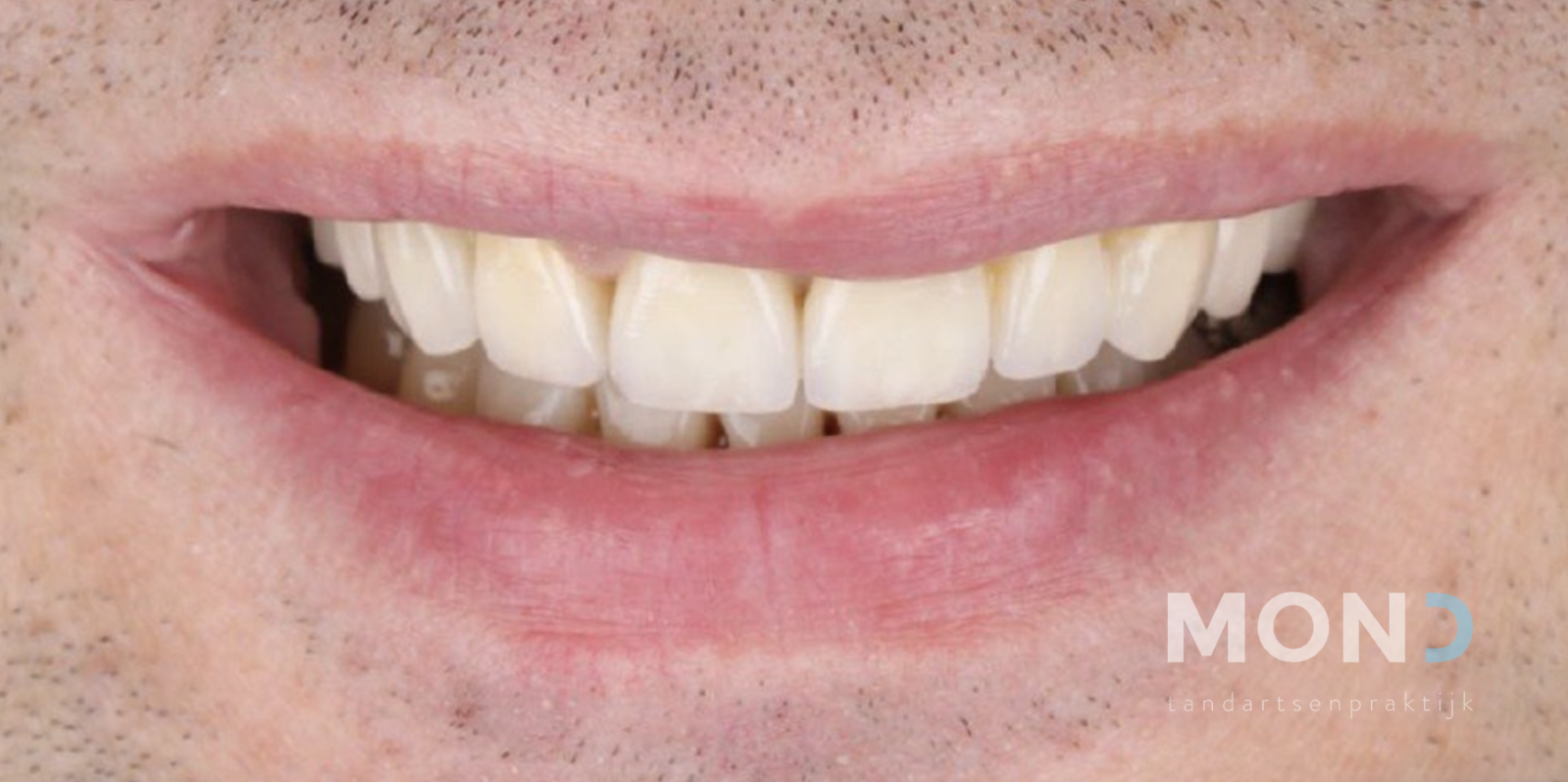
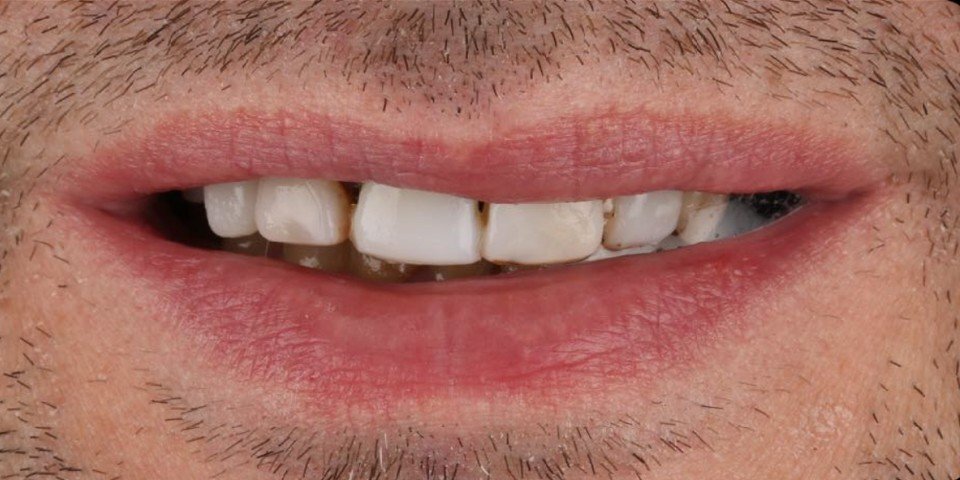
Combination of veneers with porcelain and composite
Discover this smile | Combination of veneers with porcelain and composite
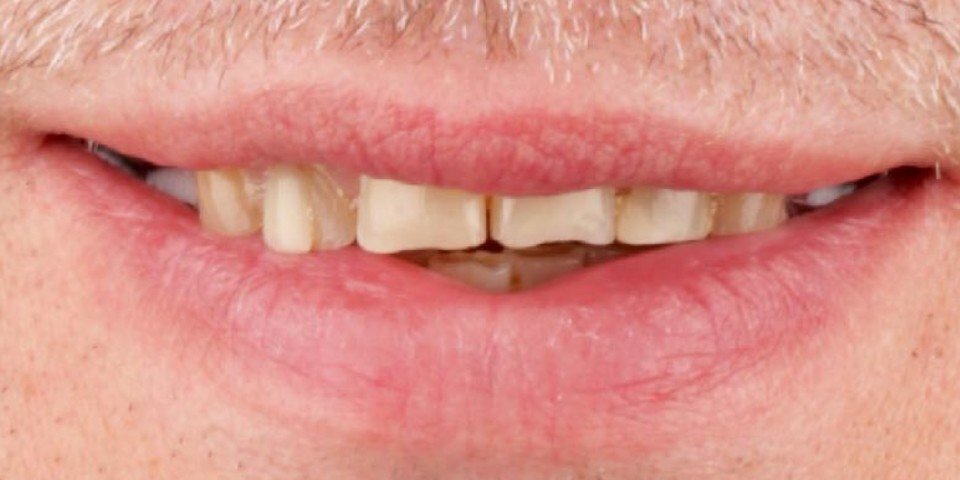
Restoration of functionality using crowns and implants after grinding
Discover this smile | Restoration of functionality using crowns and implants after grinding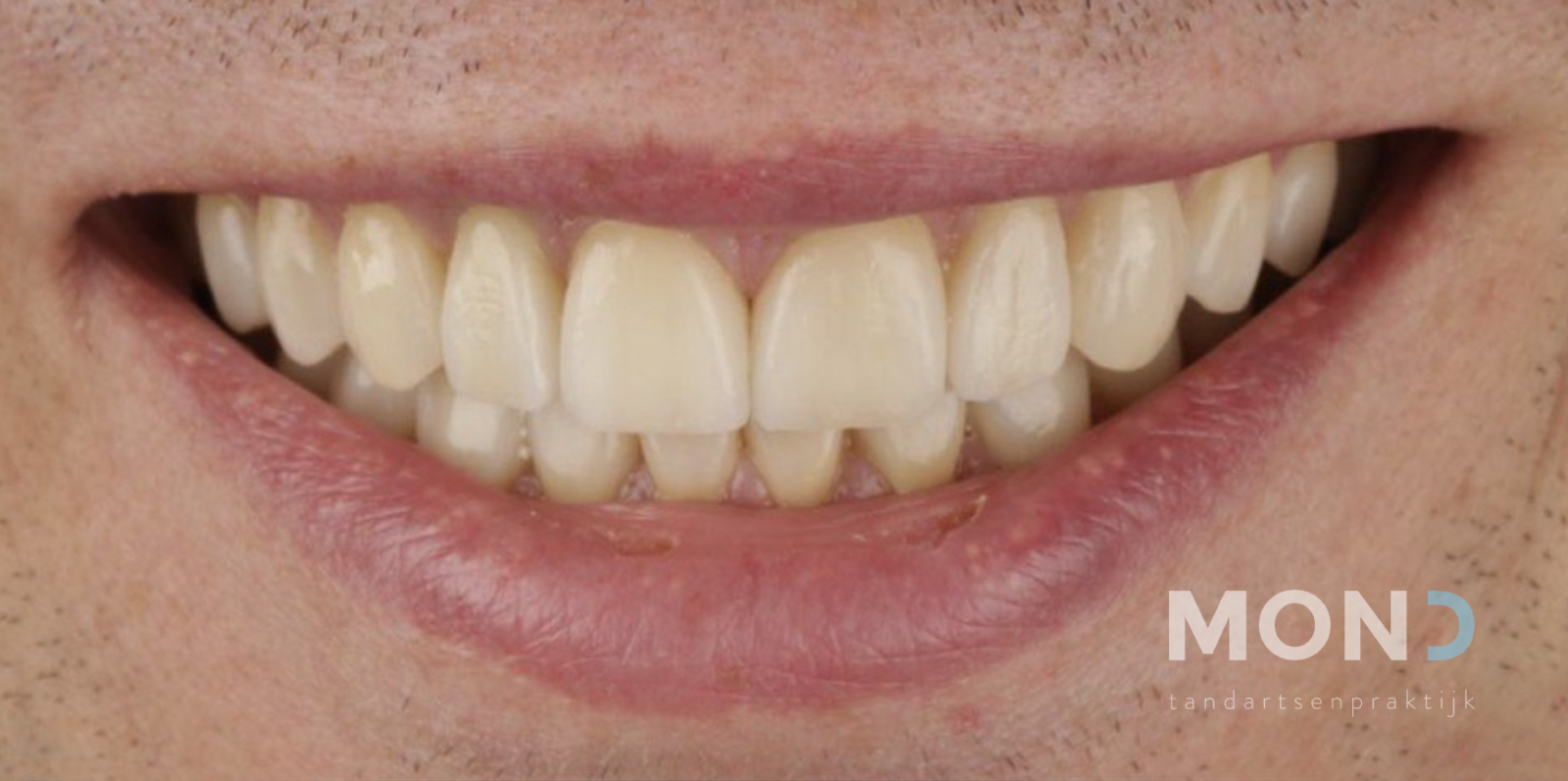

Crowns for restoration of chewing function
Discover this smile | Crowns for restoration of chewing function
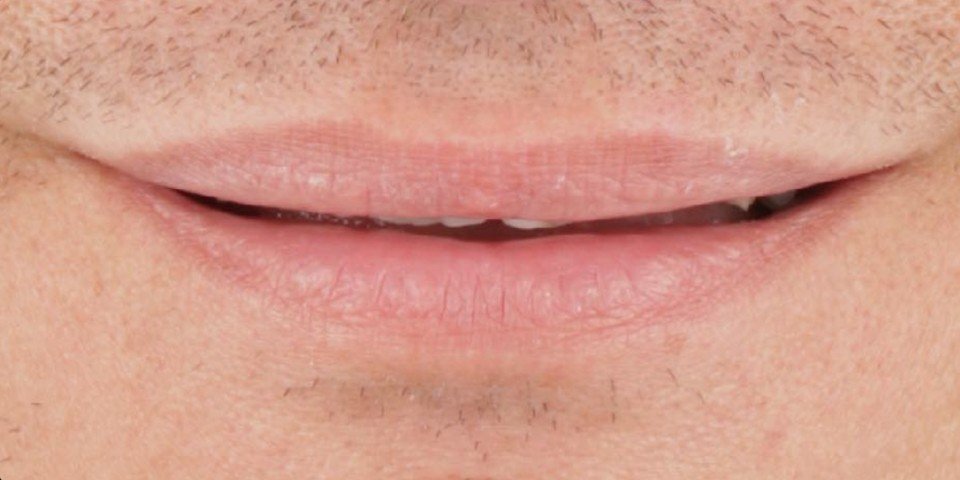
Porcelain bridgework for bite restoration
Discover this smile | Porcelain bridgework for bite restoration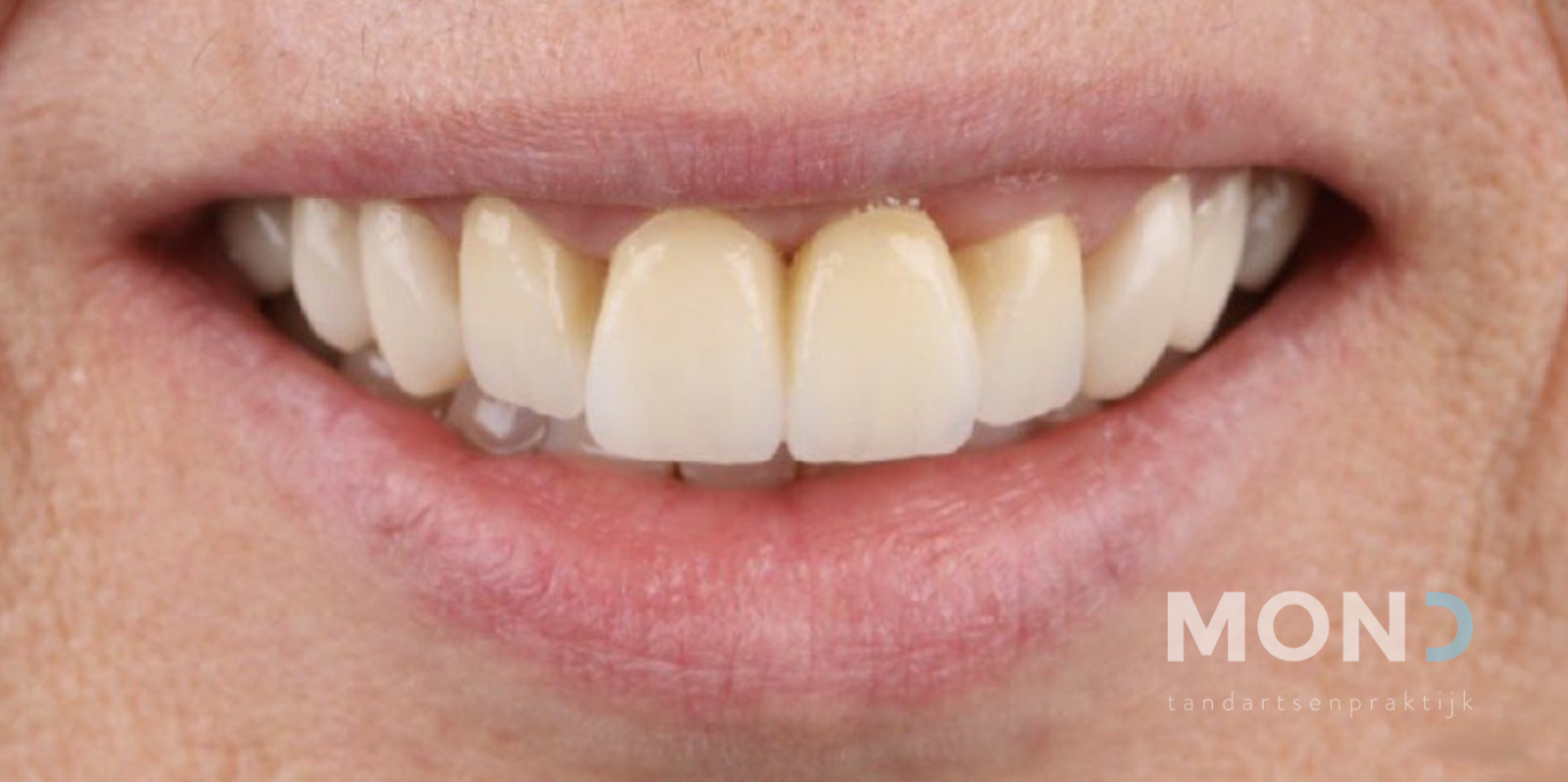
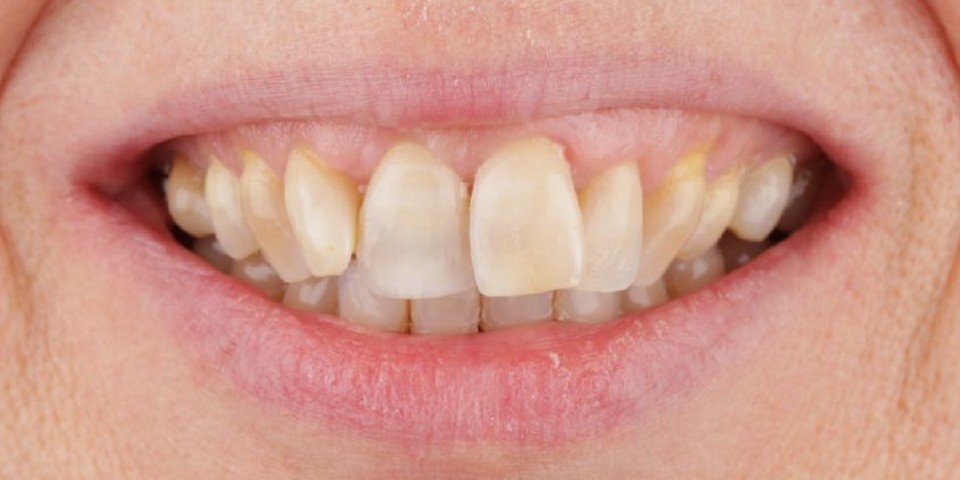
Bridge work, bleaching and veneers to correct tooth position and smile
Discover this smile | Bridge work, bleaching and veneers to correct tooth position and smile

Completing the missing teeth with veneers and crowns
Discover this smile | Completing the missing teeth with veneers and crowns
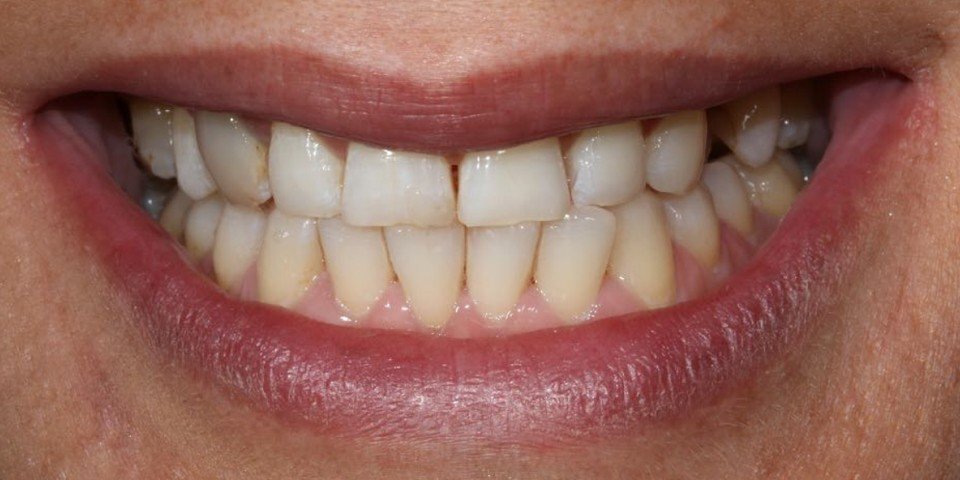
Bite correction and repair of wear with orthodontics and veneers
Discover this smile | Bite correction and repair of wear with orthodontics and veneersIs a reconstructive dentistry something you’re interested in?
Check out the practices that offer reconstructive dentistry below:
MOND Groen Kwartier
Pater Pirestraat 50,
2018 Antwerpen

